Lady Diana Spencer's wedding dress filled up the screen of the 13-inch black and white TV, and we were spellbound. Catatonic even by the fairy tale aspect of the images we saw from over 5,000 miles away. On July 29, 1981, a Wednesday morning in London, Shy Di was marrying her prince. We so wanted to be her. We'd been waiting for this moment for months. Now, finally, it was here. Inside my small studio apartment (a sublet from a friend), another friend, John, and I stared at the screen. Two gay boys in our early 20s, we were recently out of the closet. It was 3:30 in the morning. mimosas in hand, and we toasted the happy couple. Back then, I lived in San Francisco, pauper-like, but in the tony Marina District.
The apartment was my friend Karen's, so everything in it was hers, the furniture, the bed, her clothes still hung in the closet, even the little TV belonged to her. My life had only just started, and I still had so little. Watching this wedding was just so huge for me. That female side of me, an aspect that has always been a part of my being, really did want to be Diana. A larger than life figure of possibility and hope. I could see myself in that dress, stepping from the carriage, walking up the steps of St. Paul's Cathedral on my father's arm, the 25-foot taffeta and antique lace train trailing behind me. I even looked similar to Di -- blond, straight hair, blue eyes, thin and tall. If I'd let my hair grow a few more inches, I could have styled it in that iconic sweep of hers.
Yes, I do think, now, I wanted someone to rescue me. In that way, those fairy tales tell their story. The knight in shining armor on a white steed sweeps in and rescues the damsel in distress. The prince marrying the commoner saves her from a life of sadness and poverty. I was the damsel and the commoner. I'd already begun trying to find my knight or prince.
Life itself, adult life, was still so new to me. My living as a gay man even more recent. In 1981 I was 22, and I'd only been out of the closet for a year. At the time of the wedding, I was dating an older man (all of 32). He worked in a bank, wore expensive suits and dress shoes, and had the sweetest Southern accent, and he was, in my mind, my savior. More experienced, older, financially sound, he would take care of and protect me, I decided. I didn't need to look any further. Much in the way, I perceived Charles would provide for Diana. Of course, it didn't work out that way. We eventually parted, and I went on to date and have sex with many, many men. I never stopped looking for my prince. He could always appear in a bar, a park, a bathhouse, or a discotheque. I kept my eyes peeled all the time.
The Charles and Diana wedding was a significant marker in my young gayness. It possessed all the hallmarks of a gay boy's dreams. The pomp and circumstance, the clothing, the fancy, beautiful people, the celebrity attendees, the fantasy that the couple would live happily-ever-after. An idea that many of us young gays didn't have a guarantee of. I'd already experienced being rejected by my family. Society may or may not accept me; it was always an unknown. Then there was the specter of AIDS lurking, called gay cancer that early in the '80s, no one really knew what it was. It's no wonder we were so drawn to the spectacle, the make-believe fairy tale fiction.
A few months later, in January 1982, on that same black and white TV, in the same apartment, I watched another British event, the airing of Brideshead Revisited. If the Royal Wedding showed me how I wanted to marry, BH showed me how I wanted to live and love. In soft golds and yellows, romantically, longingly, with a boy who looked like Anthony Edwards in places as described by Evelyn Waugh. Like watching the wedding, viewing the 11-part series took me away. I escaped inside the story of love between these two men. In my reality, I struggled to figure out my life. What should I do to take care of myself? What career did I want to have? Should I finish my college education? How would I pay my rent and buy groceries? Fears, concerns, and insecurities that kept me awake at night.
Lost inside the warm bubble the show created, I forgot myself. The relationship between the two men also showed me the possibility of love. Maybe not perfect, but possible. I drew on this as I moved forward in my life. I didn't stop stumbling and tripping, making mistake after mistake, but I did become a more mature gay man capable of love and having loving relationships. I allowed a few more princes to rescue me until I found a fellow commoner to settle down with. It turns out being royal wasn't what I was looking for after all. I had to rescue myself. No one else could do it for me.
We all know what happened to Lady Diana Spencer's own fairy tale wedding. Ultimately, she, too, had to rescue herself. But, on that July day in 1981, we watched, believing she would become a princess, have her prince, and live happily ever after. That dream buoyed us up, kept us going, reaching, striving, moving forward, trying to attain even a crumb of what she possessed.
Now, my commoner prince, Robert, and I just started watching The Crown. It's the fourth season, the Diana years, and the reason I now remember the wedding. Already knowing the end of her fairy tale hurts a little. It wasn't supposed to turn out the way it did. It wasn't a fairy tale at all, but real life. We're not binge-watching the show. We have a standing Sunday night date and will view it one or two episodes (morsels!) at a time. I've heard the show doesn't spend much time on Charles and Diana's wedding day. That's fine with me; I'll enjoy watching everything leading up to it and what follows. While doing so, I'll remember fondly the excitement of their romance and wedding and how it affected this young gay boy.
Charles G. Thompson has written for The Washington Post, the Los Angeles Times, The Independent, and the Chicago Tribune. He is working on a novel about family loyalty and identity politics.
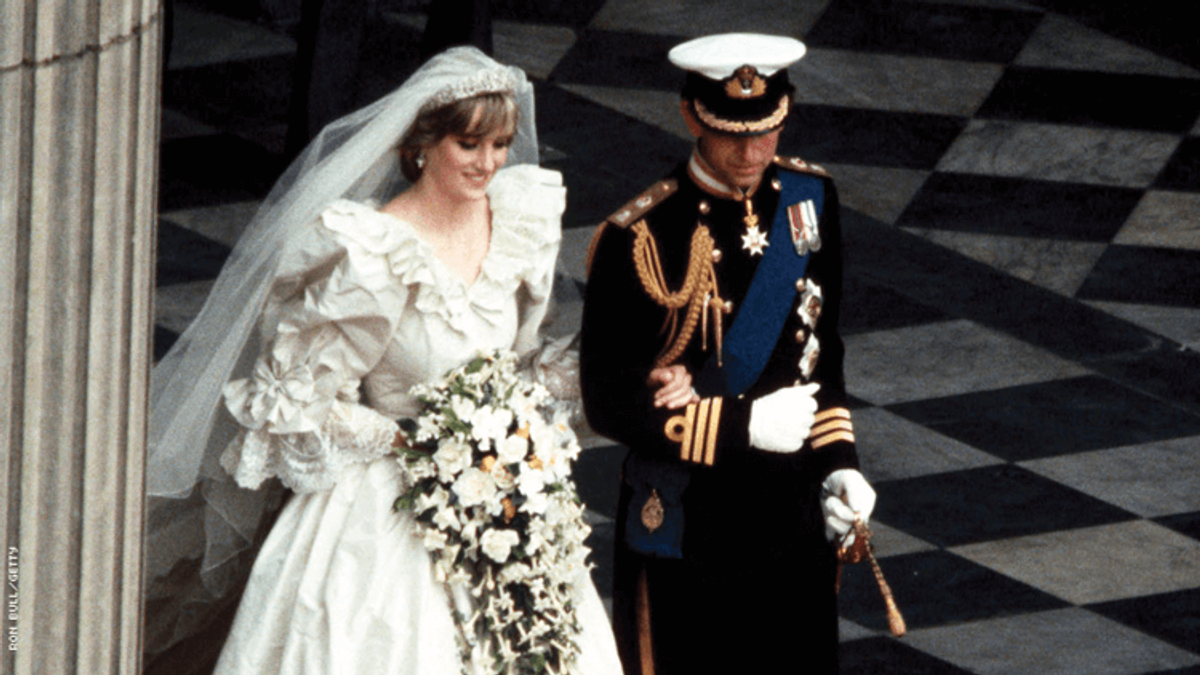



























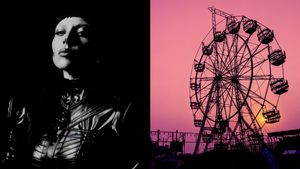
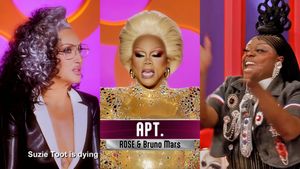




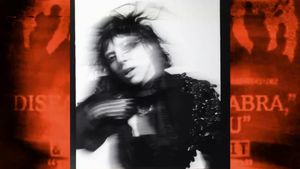






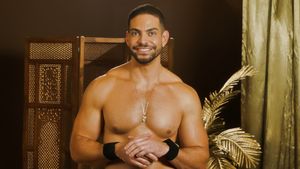















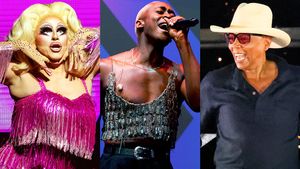

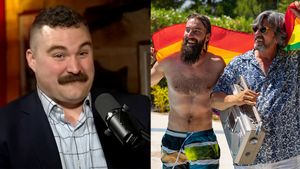





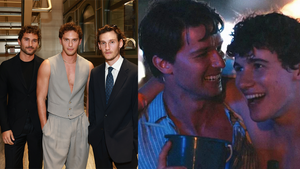









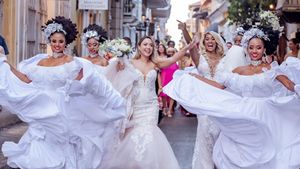
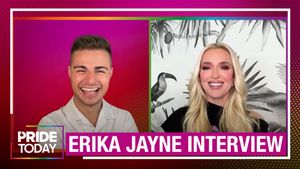
Fans thirsting over Chris Colfer's sexy new muscles for Coachella